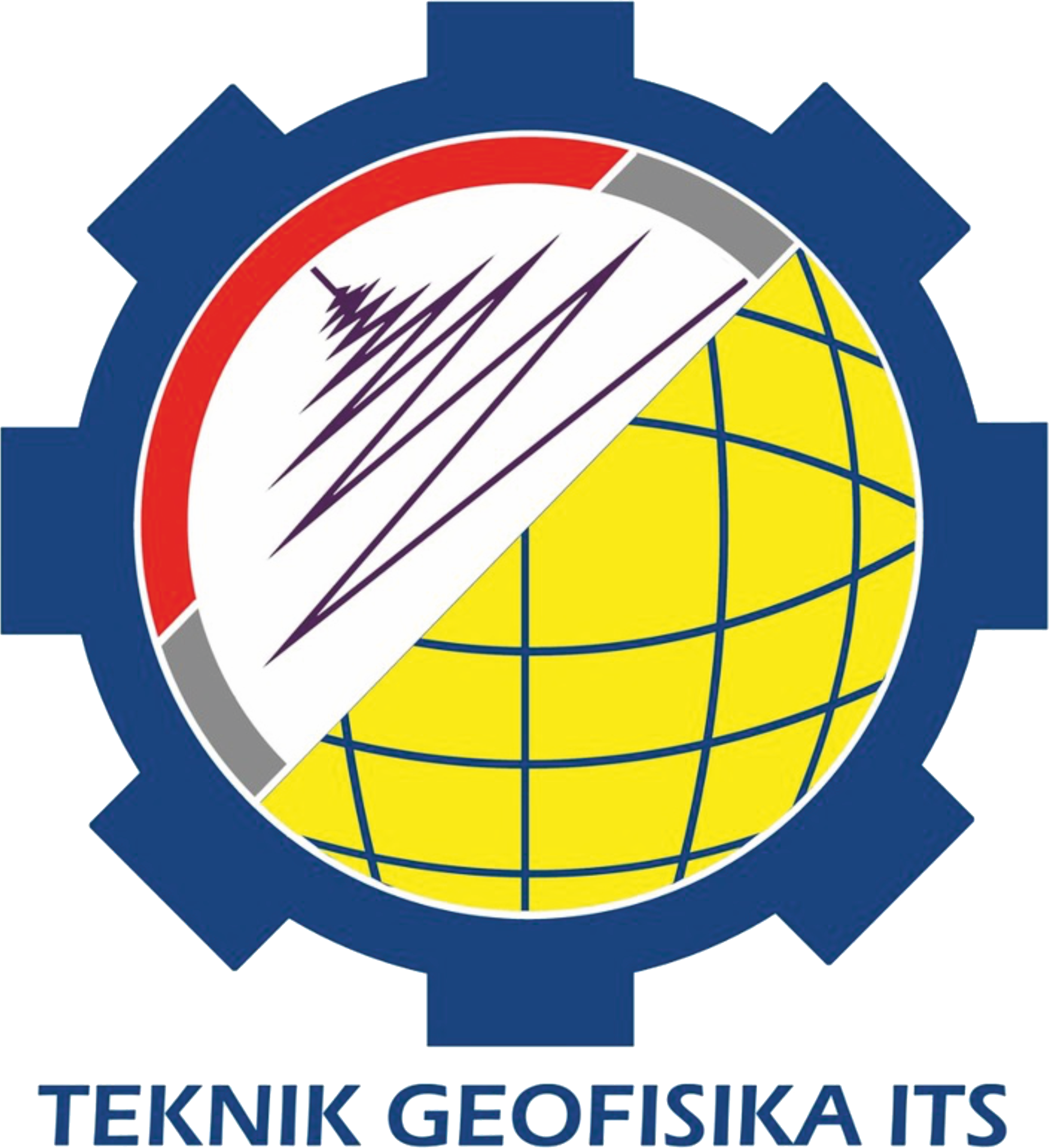Being The Host of Commtech Exploration 2022, ITS Geophysical Engineering Invited Soka University Students to Study Geological Disaster Management in Indonesia
Information
ITS Geophysical Engineering again received visitation from foreign guests, which is related to disaster science. “Disaster Management” became a topic raised in this ITS international program, entitled Commtech Exploration 2022.
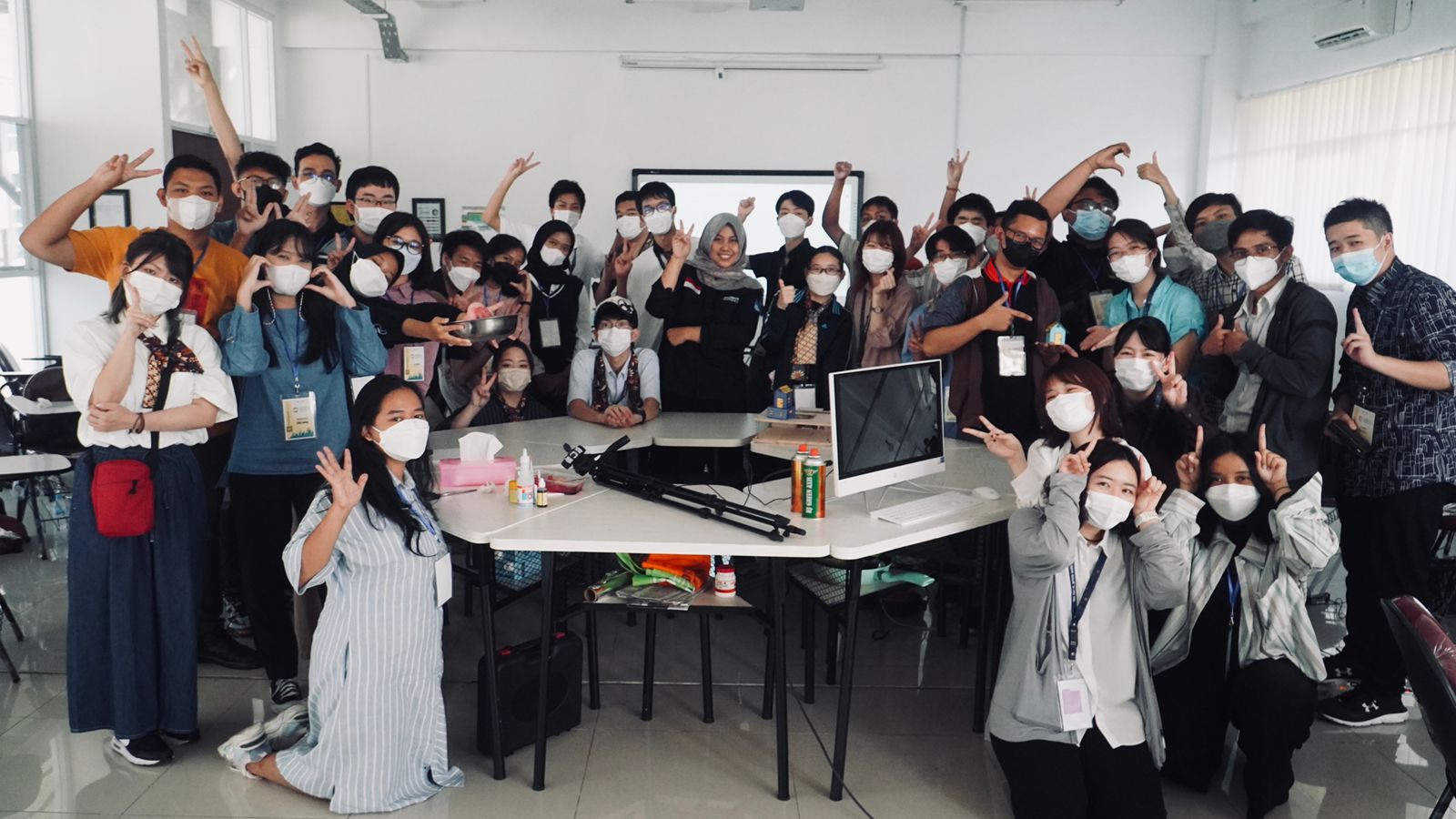
A total of 17 Soka University Japanese students visited ITS Geophysical Engineering, on Wednesday, August 10, 2022. Divided into two sessions, Dr. Ayi Syaeful Bahri, one of the ITS Geophysical Engineering lecturers, delivered the insight to foreign students about tectonic phenomena in Indonesia for the first session.
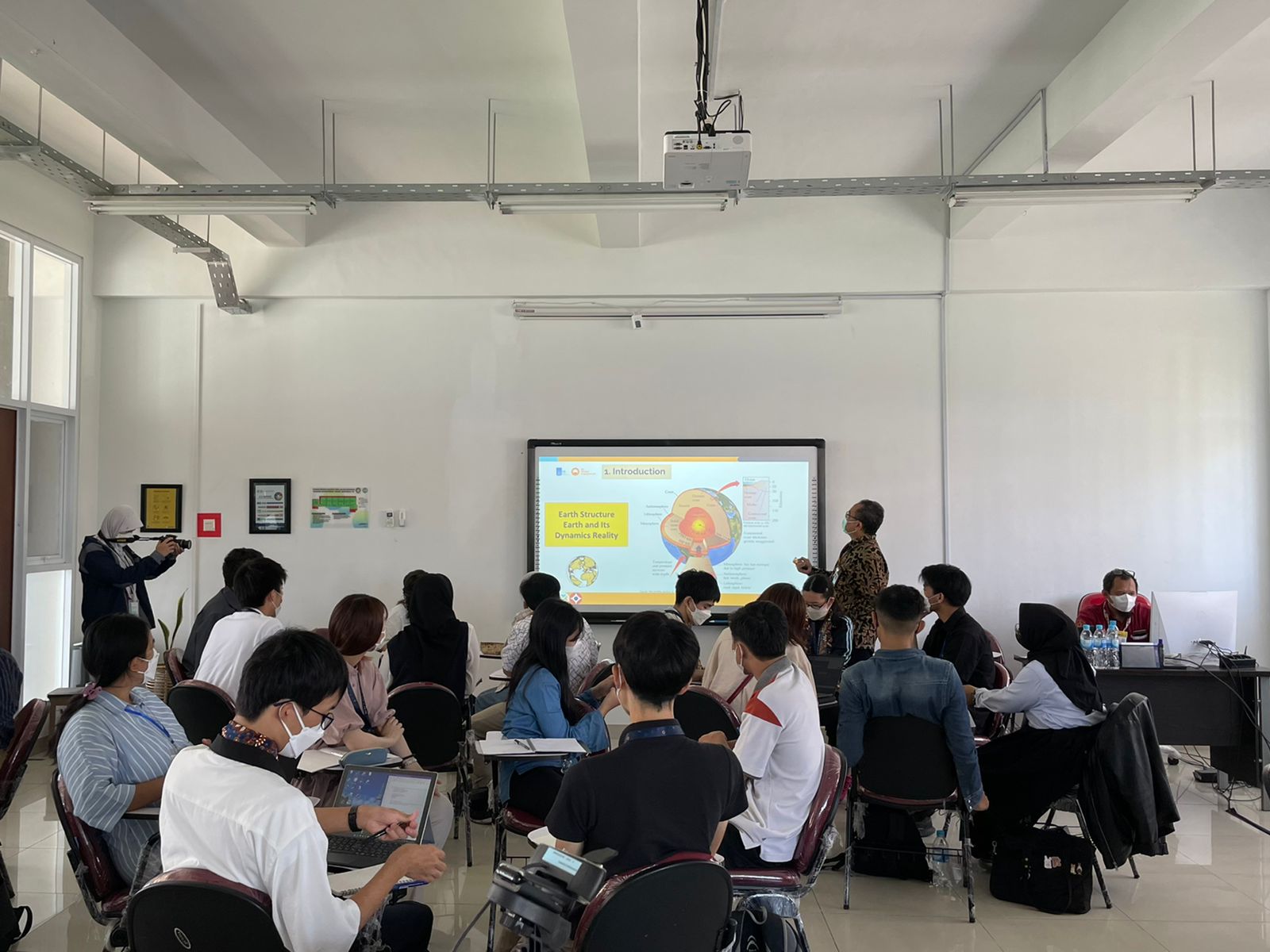
Continued in the second session, Nita Ariyanti, M.Eng, provided lecture about Indonesian volcanoes, starting with basic concepts, the history of volcanic eruptions, and the mitigation. Not only explanations, but foreign students were also given a miniature simulation of the introduction of volcanoes and earthquakes, that was demonstrated by a team of lecturer assistants.
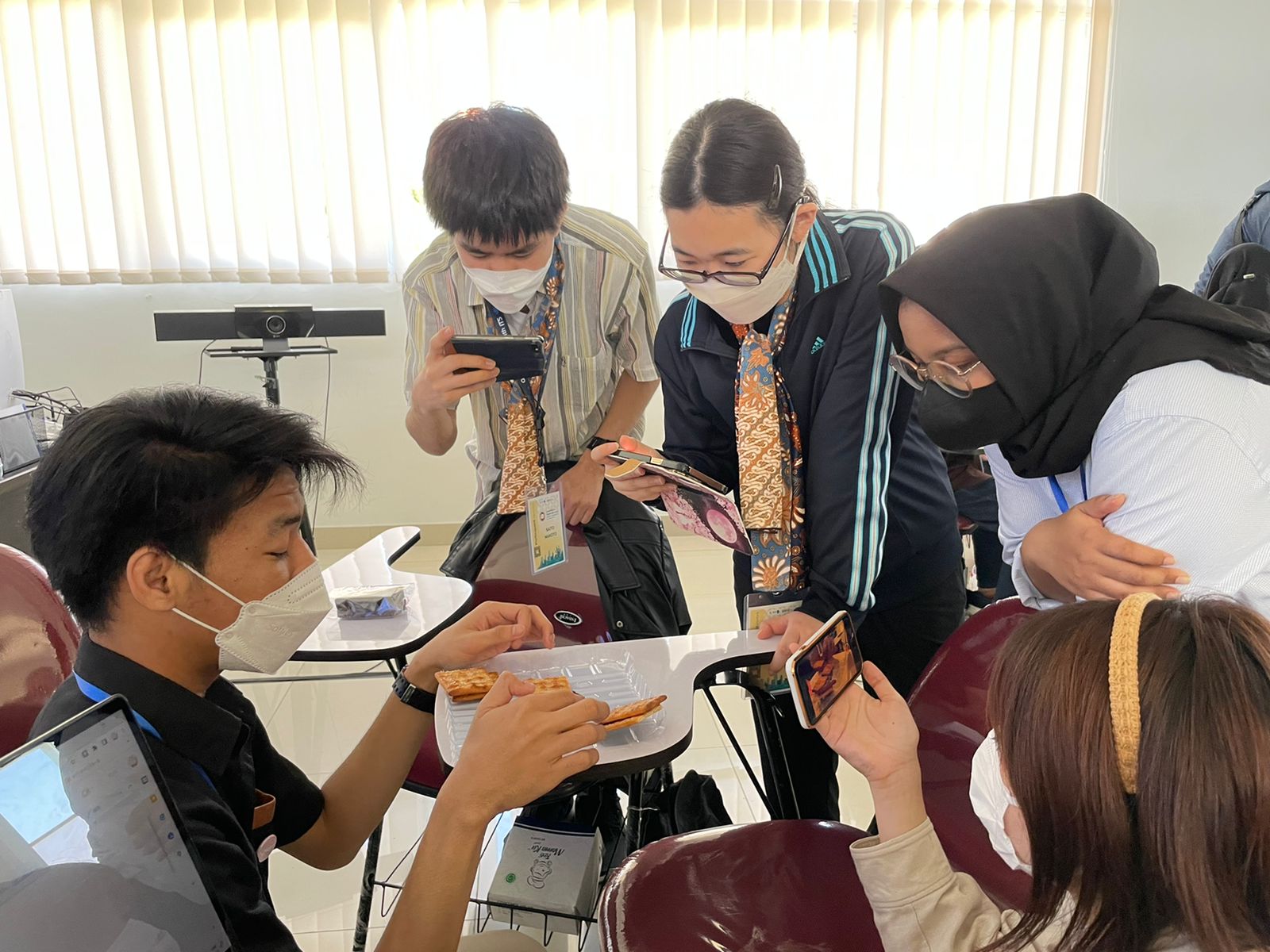
In addition to the lecture session, foreign students are also invited to get to know the earthquake detection tool, the seismic accelerograph, which is a grant instrument from the BMKG. Students were also interested to the various rock collections, that are displayed in the room as rock geology learning materials.
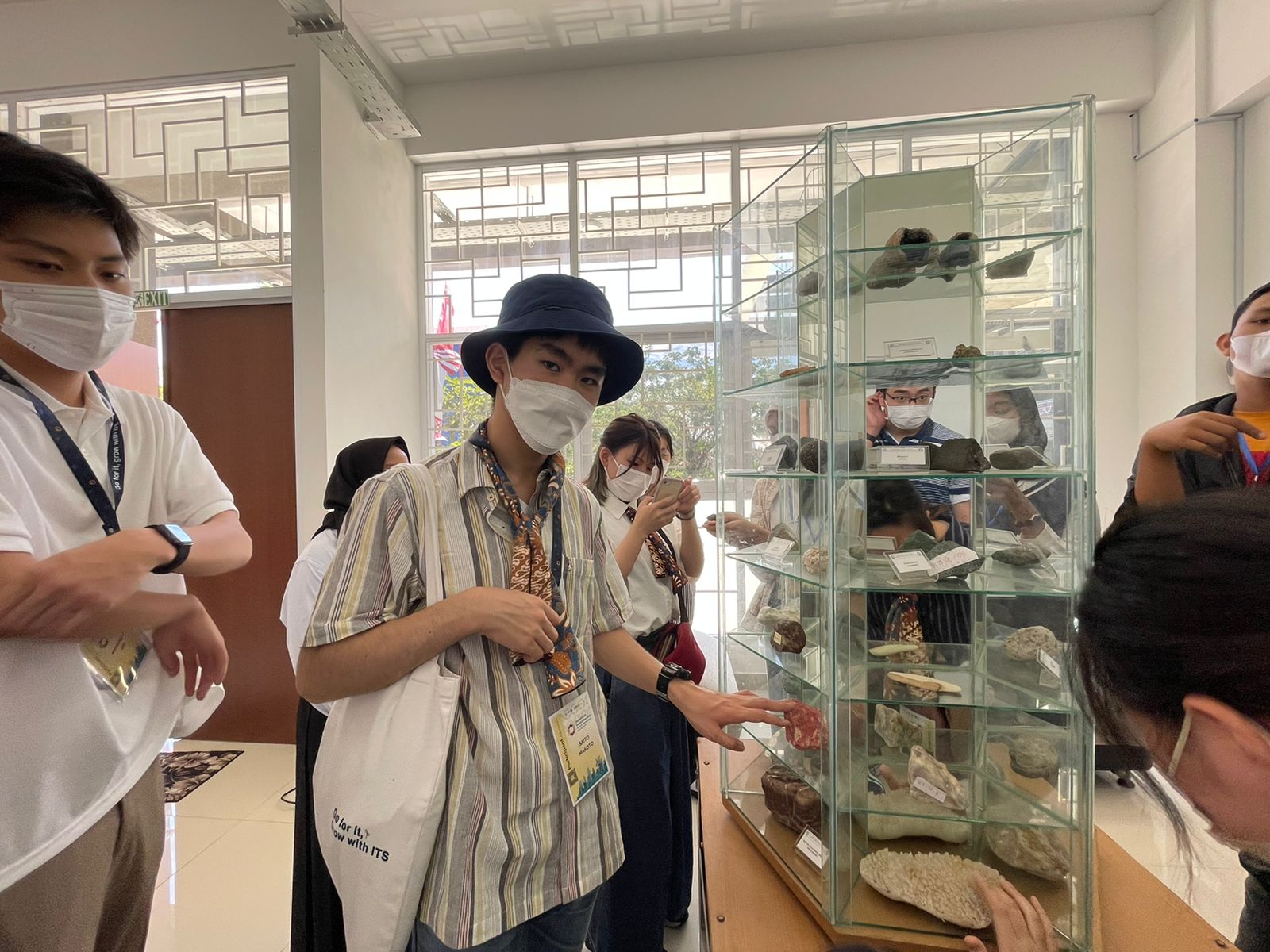
The event closed with a group photo session in front of the “Geoscience For The Future” educational painting located on the 1st floor of Geophysical Engineering building. In addition to the disaster insight program from Geophysical Engineering, the Commtech Exploration participants underwent other various interesting programs led by the ITS Global Partnership Directorate, for 2 weeks.
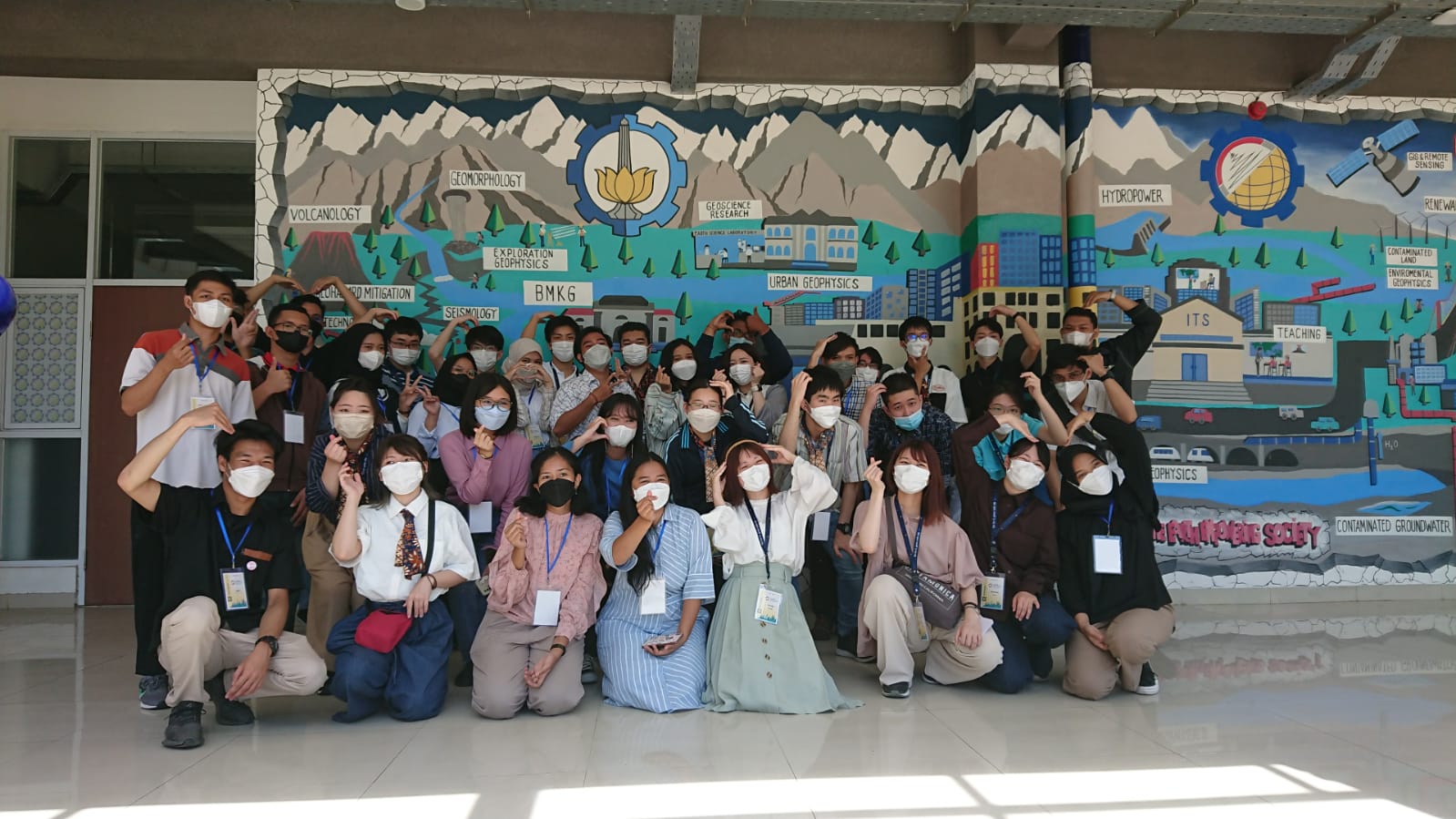
Latest News
-
Beradaptasi dengan Sesar Aktif Penyebab Gempa Darat, Belajar dari Gempa Myanmar
1. Belajar dari Gempa Myanmar Jumat, 28 Maret 2025, pukul 13:20:56 WIB wilayah Mandalay, Myanmar, diguncang gempabumi tektonik. Gempa
-
Kembangkan Deep Nueral Network dan IOT Dalam Carbon Capture Storage, Mahasiswa Teknik Geofisika ITS Sabet Juara 2
Dua Mahasiswa Teknik Geofisika ITS berhasil menjuarai kompetisi nasional INCEPTION 2025. Dimas Xavier Saivascello (5017241010) dan Luvin Diart Lazertino
-
Mahasiswa Teknik Geofisika ITS Sabet Juara 1 Petrowell Study Case Competition
Tiga Mahasiswa Teknik Geofisika ITS berhasil menjuarai kompetisi nasional di bidang Oil & Gas. Tim mahasiswa yang terdiri E.T.A.





